The Story
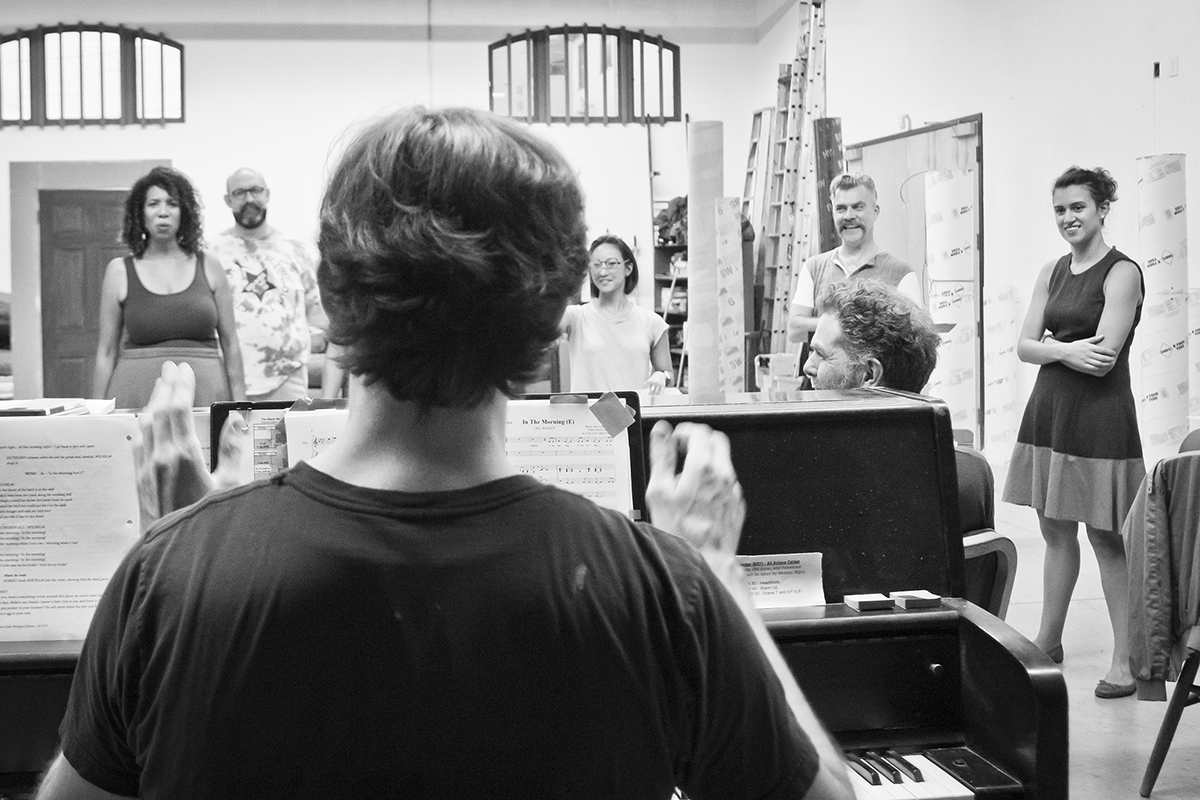
“The Devil’s bargain is always a fool’s bargain, a bargain for rubes, dummies, and chumps. And there’s one born every minute.” —Old Uncle in The Black Rider
The power of The Black Rider: The Casting of the Magic Bullets lies in the way each and every audience member is tempted into making "a deal with the devil." We are warned within the first moments of the tale that such bargains never end well. Still, maybe this time it will be different. What other choice is there for Wilhelm, a poor clerk desperately in love with Käthchen? Käthchen's father wants her to marry a hunter: “Love you can’t eat. It must be a hunter who brings home the meat.” So either Wilhelm must suddenly transform into a sharp-shooting hunter, or sacrifice Käthchen. Along comes Pegleg, a mysterious figure with a deal Wilhelm cannot resist: magical bullets that will hit any target. Naturally there is one condition; Pegleg reserves one bullet for himself: “Six are yours, and hit the mark, one is mine, and hits the dark.” Who would not be tempted by such an offer?
The story takes inspiration from a German fairy tale entitled Freischütz (freeshooter) in which a man makes a deal with the devil to obtain six magic bullets—with the devil reserving the seventh bullet for himself. There have been numerous versions of the tale—including an opera written by Carl Maria von Weber in 1821. In most versions, the tale ends with Wilhelm accidentally shooting his beloved bride, who is ultimately saved by divine intervention. The couple is reunited with a stern warning to never make a pact with the devil. In 1988, a trio of formidable artists gathered to collaborate on a wild re-imagining of this classic tale: Robert Wilson, Tom Waits, and William S. Burroughs. The result is a raw, carnivalesque opera with Pegleg as our guide through the forest.
“The Crow Knows” from Director Mark Jackson
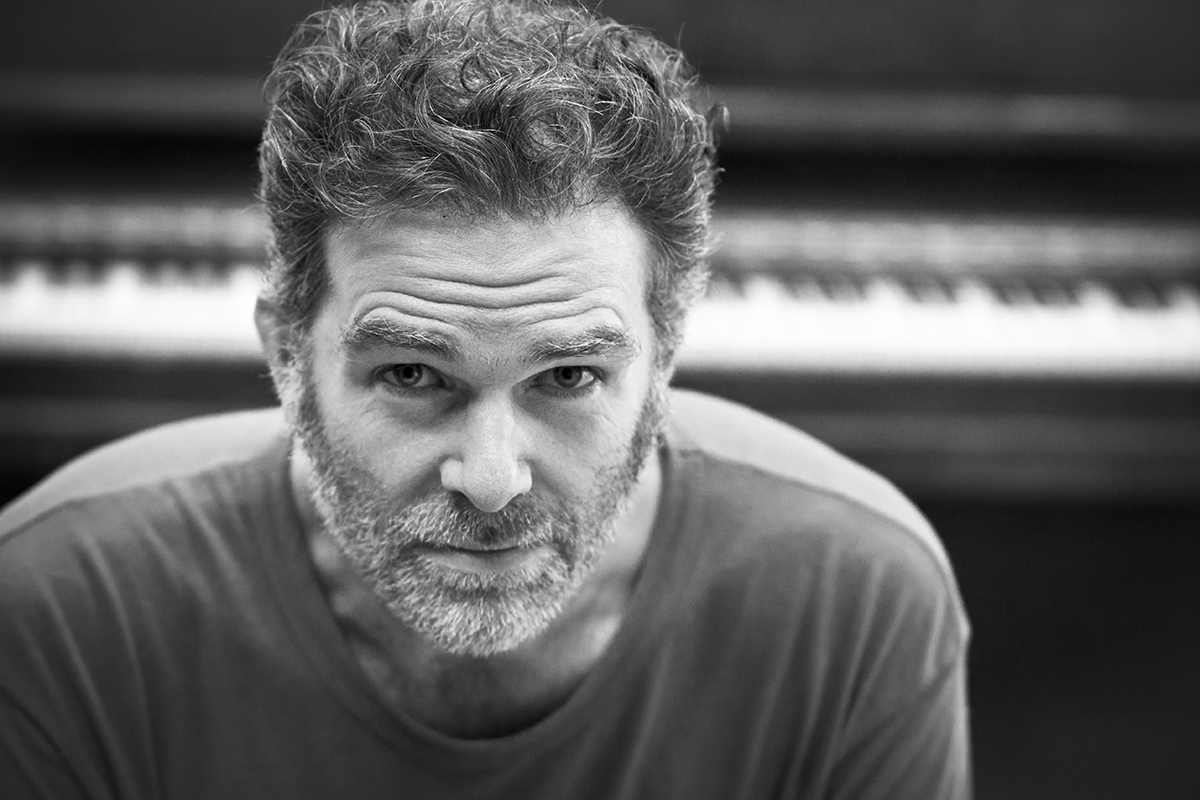
I don’t believe The Devil has ever made anyone do anything. We are each 100% responsible for our own actions. This thing we call “The Devil” is a metaphor for any impulses we’d rather not admit to having. That age-old myth of “The Deal With The Devil,” given form by countless artists—Bulgakov, Goethe, whoever wrote The Bible—is likewise a metaphor for the bargains we make with ourselves, participating in systems we don’t believe in, gambling away our integrity for the sake of our desires.
The three unique artists behind The Black Rider—William S. Burroughs, Tom Waits, and Robert Wilson—created a modern fairy tale nightmare for adults that broods on the powerful and pervasive patriarchy. Like all truly great artists, this trio made no attempt to assume answers, favoring the audience’s imaginations instead and content to let us be responsible for our own interpretations. Maybe this open quality is why The Black Rider has been revived so often since it premiered in Hamburg, Germany, back in 1992. Maybe this is also why the show can be as unsettling as it is entertaining. Or maybe it’s unsettling because it entertains. In that respect alone it’s a peculiarly American take on the traditional European fairy tales that inspired it.
The last thing I’ll say is simply to acknowledge that our country is in a very particular place at the moment with regard to its systems and assumptions. Considering that, I do hope tonight’s performance unsettles and entertains. I don’t expect it to change the world, or America. That’s not the role of art anyway. It’s our role as citizens, making our own choices—not just when interpreting a musical or in key Novembers, but every single day. And when the sun is threatening to set, and a crow clutching a nearby branch has its eye on us, do we truly value our integrity over our desires? The crow knows.
Sweet dreams y’all. Wake well.
—Mark Jackson
Burroughs “Don’t ever sell your dream, son. Because it isn’t yours to sell. It belongs to all your readers for all time.”
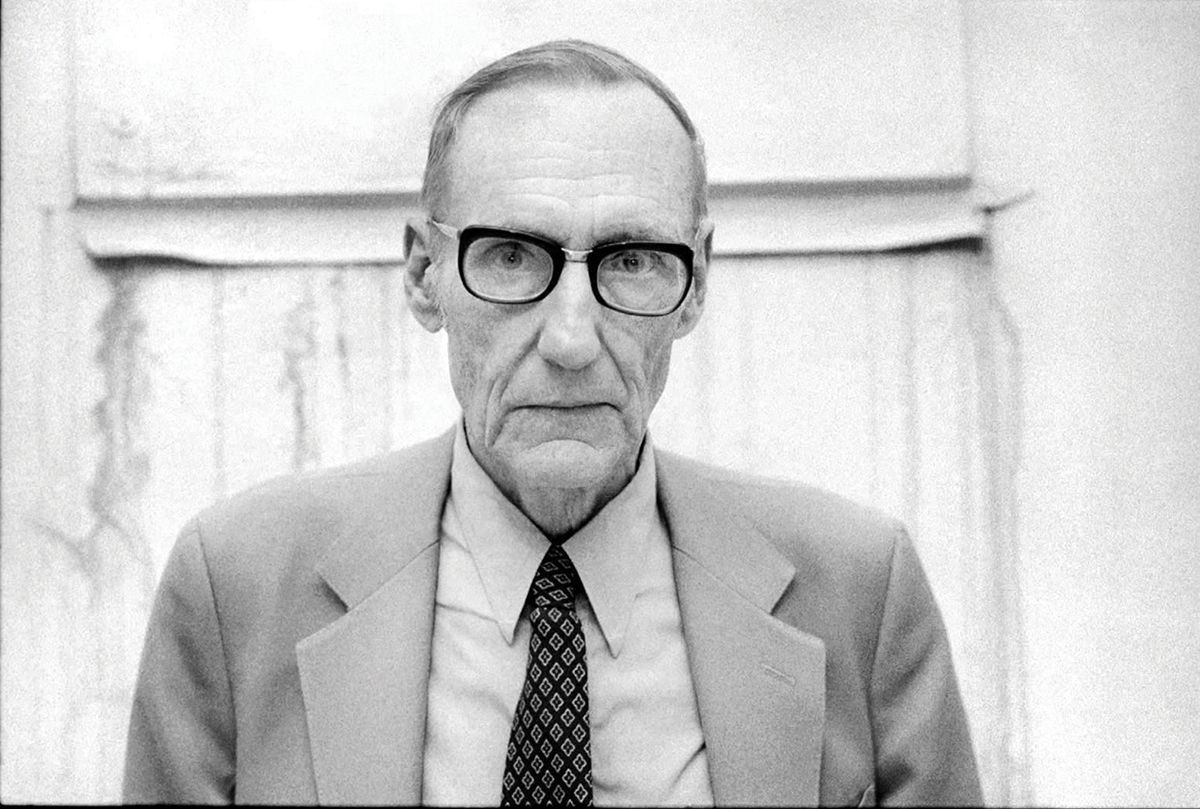
William S. Burroughs is perhaps best known for his novel Naked Lunch and for his friendship with Allen Ginsberg and Jack Kerouac—prominent members of the Beat Generation. With The Black Rider, Burroughs includes a scene with the following characters: an Agent, Vultures, Ernest Hemingway, and Burroughs himself. All of these characters are portrayed by one actor. Is it a moment of self-reflection or an accusation? The agent begs Hemingway not to sign a lucrative Hollywood contract that would change his story to a happy ending. But Hemingway is eager to sign and cash in. Burroughs warns: “He who hangs happy ending on story about death, shall likewise take a hangman’s rope.” Hemingway appears not to listen. Burroughs admonishes Hemingway with the lines:
“..I’m telling you: To thine own self be true. …If you don’t use it, you lose it.”
Burroughs and The Black Rider
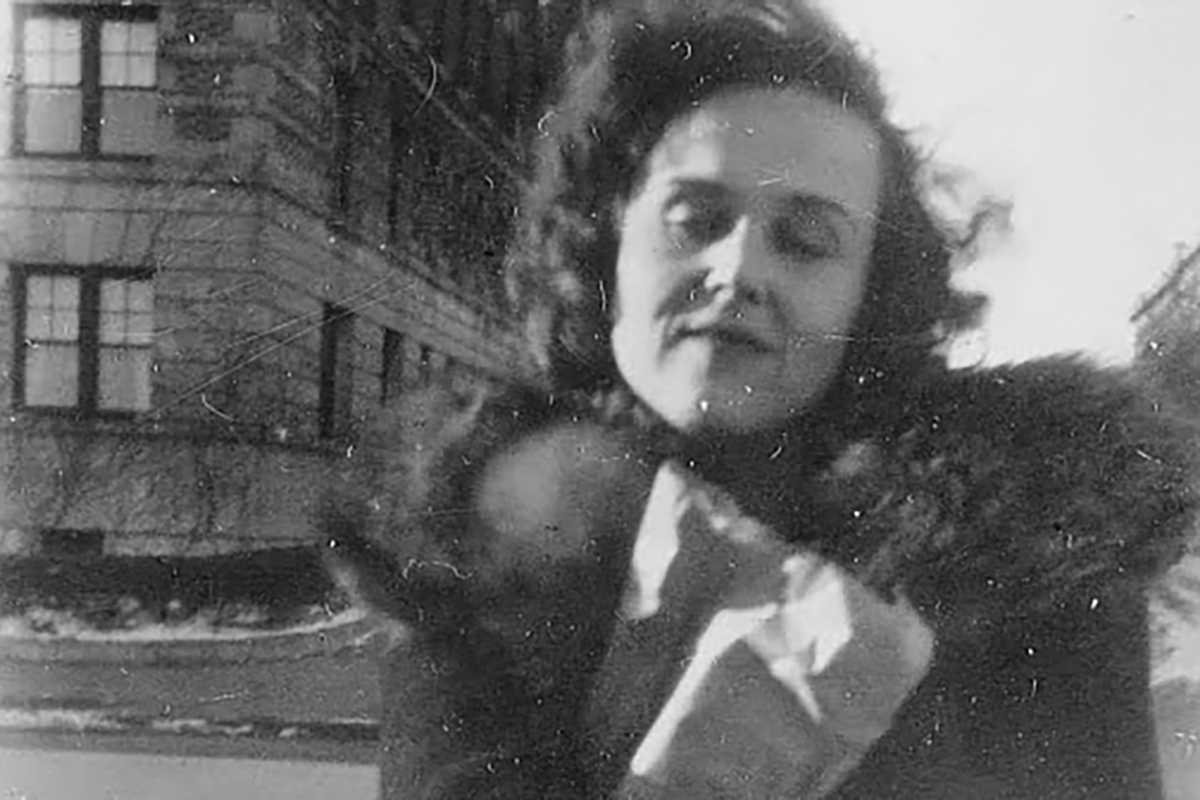
There is a dark parallel between the story of The Black Rider and a haunting event from the life of William S. Burroughs. In 1952 while drinking with friends, Burroughs asked his wife, Joan Vollmer, to perform their “William Tell” act. She balanced a drink on her head, and Burroughs took aim and accidentally killed his wife. Years later Burroughs wrote: “I am forced to the appalling conclusion that I would never have become a writer but for Joan’s death, and to a realization of the extent to which this event has motivated and formulated my writing… it brought me in contact with the invader, the Ugly Spirit, and maneuvered me into a lifelong struggle, in which I have had no choice except to write my way out.” With The Black Rider, Burroughs creates a jagged path that explores ill fated choices and how easily we fall into the trap of compromising our values. Tom Waits comments: “Burroughs found some of the branches of the story and let them grow into more metaphorical things in all of our everyday lives that, in fact, are deals with the devil that we’ve made. What is cunning about those deals is that we’re not aware we’ve made them. And when they come to fruition, we are shocked and amazed.”
Tom Waits
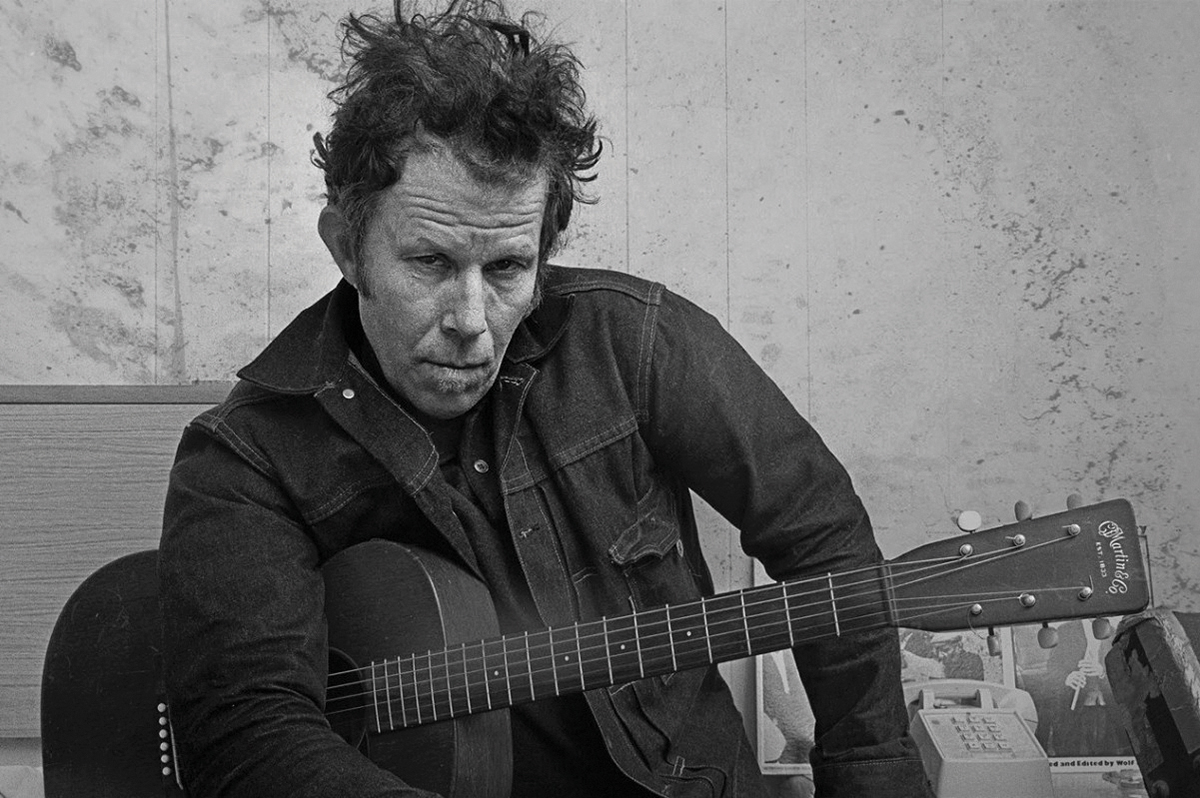
Tom Waits is triple threat: a singer-songwriter, composer, and actor.
He has built up a distinctive musical persona with his trademark growl, his incorporation of pre-rock music styles such as blues, jazz, and vaudeville, and experimental tendencies verging on industrial music. His lyrics frequently present atmospheric portraits of often seedy characters and places, although he has also shown a penchant for more conventional ballads. He has a cult following and has influenced subsequent songwriters despite having little radio or music video support.
In 1987, Waits had his theatrical debut with Frank’s Wild Years that had a successful run at Steppenwolf Theater in Chicago. The Black Rider was his first collaboration with director Robert Wilson. They also collaborated on two other projects: Alice and Woyzeck. For a taste of the music for The Black Rider listen here: https://www.youtube.com/watch?v=CHTn14moHa4






